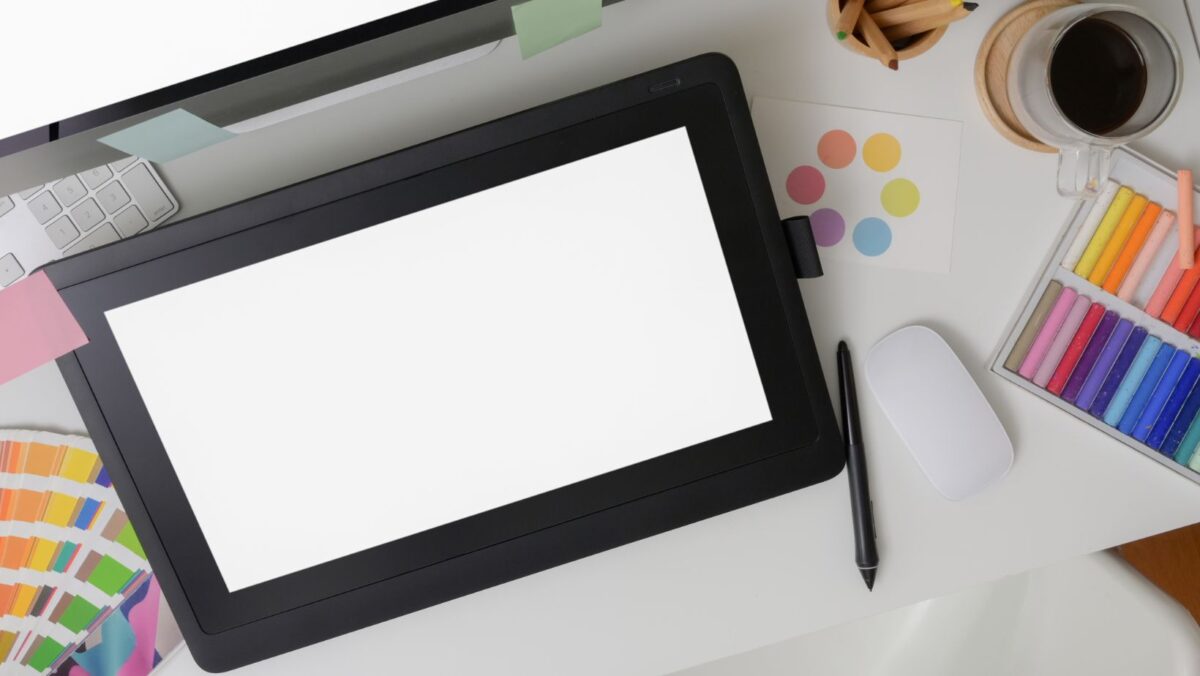What is a Design Problem
Design problems are an inherent part of any creative process. As a seasoned designer, I’ve encountered my fair share of challenges that required innovative solutions. In this article, I’ll be delving into the concept of design problems and exploring what they entail. From identifying the root causes to finding effective strategies for resolution, I’ll provide valuable insights into how designers can navigate these obstacles and create impactful solutions. So, if you’re curious to learn more about what design problems are and how to tackle them head-on, keep reading.
Design problems can manifest in various forms, ranging from usability issues to aesthetic concerns. As a designer, it’s crucial to have a comprehensive understanding of what constitutes a design problem. In this article, I’ll be sharing my expertise on this topic, shedding light on the different types of design problems that can arise. By recognizing these challenges, designers can take proactive steps to address them and enhance the overall user experience. So, if you’re eager to gain a deeper understanding of the intricacies of design problems, you’re in the right place.
What is a Design Problem?
As a seasoned designer, I’ve come across various challenges in my career, but understanding what a design problem is at its core is essential. A design problem refers to any obstacle or issue that arises during the design process, hindering the creation of an optimal user experience. These problems can manifest in different forms, from usability issues to visual inconsistencies, and can occur at any stage of the design journey.
When faced with a design problem, it’s crucial to view it as an opportunity rather than a setback. By embracing these challenges, designers can push their creative boundaries and come up with innovative solutions that elevate the user experience. To effectively tackle a design problem, it’s crucial to first identify and understand its underlying cause. This involves conducting thorough user research and gathering feedback to gain insights into the pain points of the target audience.
Once the problem is identified, it’s time to brainstorm and explore various avenues to find a suitable solution. This could involve prototyping, wireframing, or even conducting user testing to validate ideas. It’s important to remember that solving a design problem is rarely a linear process but rather an iterative one, with continuous refinement and improvement.
Designers should also keep in mind that effective collaboration and communication with stakeholders and other team members are essential. Sharing ideas, seeking feedback, and incorporating different perspectives can lead to innovative breakthroughs and robust solutions. Additionally, staying up-to-date with industry trends and best practices can provide valuable insights and inspiration to overcome design challenges.
Design problems are an inevitable part of the design journey. They serve as catalysts for growth and innovation, pushing designers to think creatively and find solutions that enhance user experiences. By embracing these challenges with an open mind and a proactive approach, designers can transform design problems into remarkable opportunities for success. So, the next time you encounter a design problem, see it as a chance to excel and take your design skills to new heights.

Understanding Design Problems
Design problems are an integral part of the design process. They can be seen as challenges or obstacles that designers encounter while creating solutions for a specific project. These problems can arise at any stage of the design process and can vary in complexity and impact. In this section, we will explore the common types of design problems and discuss their impact on the overall design.
Common Types of Design Problems
Design problems can manifest in various ways, each requiring a unique solution. Here are some common types of design problems that designers often face:
- Usability Issues: These problems arise when the design fails to meet the needs and expectations of the users. It could be difficulty in navigation, complex interfaces, or confusing information architecture.
- Visual and Aesthetic Challenges: Design problems in this category pertain to the visual aspect of the design. It could involve issues with color choices, typography, or overall aesthetics that don’t align with the desired brand image.
- Functional Limitations: These problems occur when the design fails to fulfill its intended purpose or lacks essential features. It could be a missing functionality, technical constraints, or compatibility issues.
- Communication Problems: Designers may encounter challenges in effectively conveying the intended message or information. These problems can arise due to poor hierarchy, ineffective use of visual elements, or unclear messaging.
- Accessibility Concerns: Design problems related to accessibility revolve around ensuring that the design is usable by individuals with disabilities. This includes considerations such as color contrast, screen reader compatibility, and keyboard navigation.
Conclusion
Navigating and tackling design problems is an essential skill for designers. By utilizing methods such as user research, feedback analysis, and identifying pain points, designers can effectively identify and address design problems. Viewing these challenges as opportunities for growth and innovation is crucial. Collaboration and communication with stakeholders and team members are key to finding impactful solutions that enhance the user experience.

